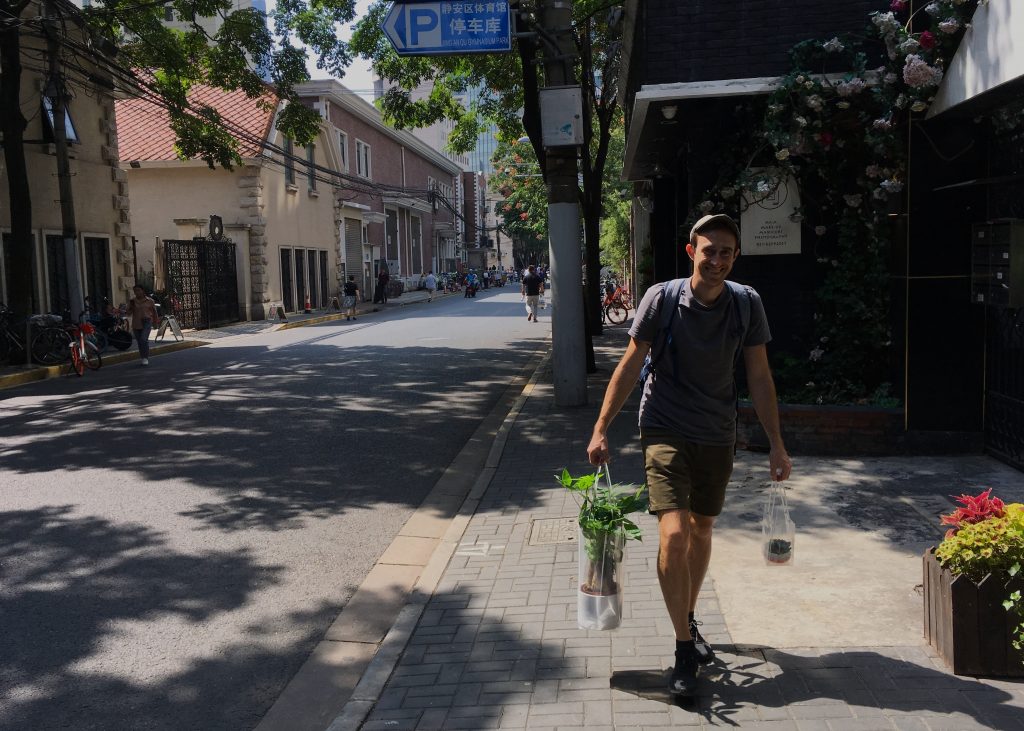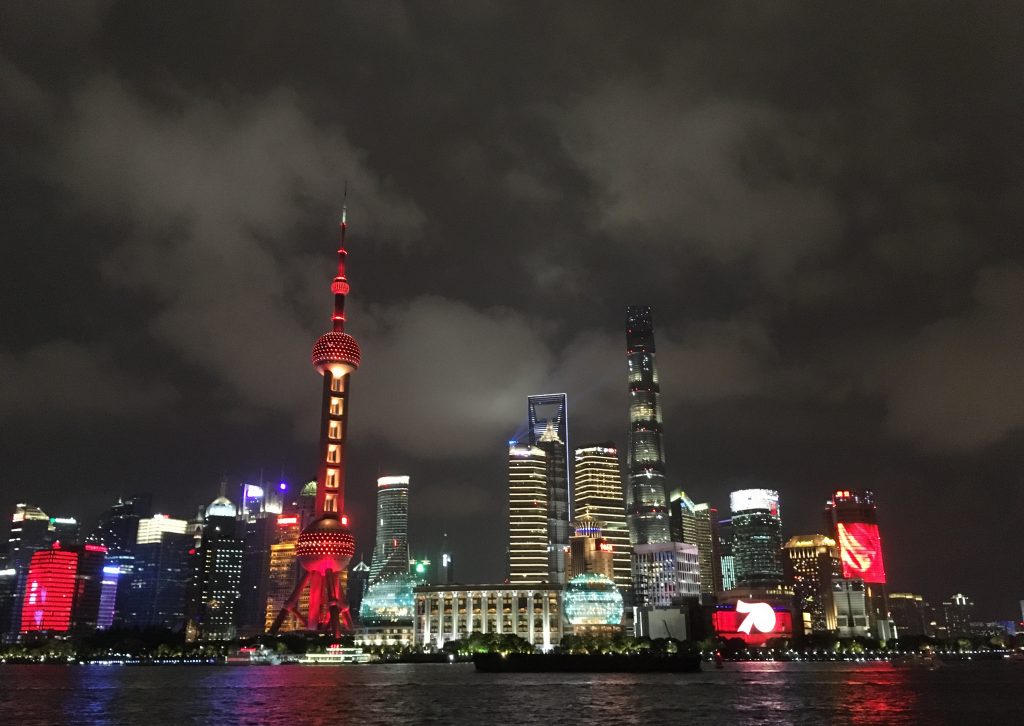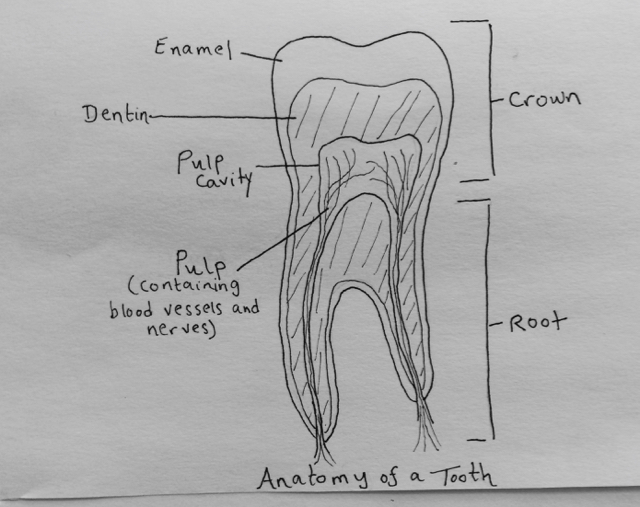You send your lover off to China and you wait for her to call Counting Crows
There’s nothing like stepping out your front door in a foreign city while listening to wistful early aughts music to make your life feel like a montage: an eddy of leaves intimates the arrival of fall; a scooter loaded with three generations beeps by; the vendor with the fish-and-something-else-filled pastries wipes down her cart, all while Mr. Counting Crows’ nostalgic voice propels you down the sidewalk.
And so, in homage to the montage, here are some highlights from our first month in Shanghai:
tl;dr: we’ve been in Shanghai for a month!
Apartment hunting
We met our real estate agent, Tina, in a sunny alley somewhere in the Jing’an District where we had told her we wanted to live. She pulled up on a scooter and after briefly showing us two apartments that didn’t have kitchens and were out of our price range, she said not to worry, that there were plenty more apartments to see, and “Let’s go!” Which, to our delight, meant jogging after her as she assertively scootered in the street and on the sidewalk, steering with one hand and making phone calls with the other.

In the stairway of one apartment lived the most courteous bird who greeted passersby with: “Good evening! Have you eaten?”

With Tina’s help translating, we signed the lease and paid the deposit on our new apartment (unfortunately with a birdless stairwell). Tina pointed out a bundle of sugarcane on the floor of the landlord’s office. She named the province it comes from and showed us how to eat it. There’s something enchanting and whimsical about eating a stalk of sugarcane with your landlord and realtor after signing a lease.
Medical examination
To turn your Z Visa into a residency permit you have to pass a medical examination. To get to the medical center you walk through a suburb of Shanghai that feels like Holland, and then enter a compound of buildings situated on very beautiful grounds.
The medical examination begins with cryptic shuffling from room-to-room for paperwork (Josh was sent to another building and our friend was sent from that building to the building we had started out in) and then standing in line to pay an undetermined amount, which ranges, we are told, from 0 to 750 RMB. Everyone in front of me was asked to pay 461 RMB (about 65 USD) and when I got up to the window I gave the woman five pink 100 RMB notes, which she promptly handed back to me along with the paperwork I needed to proceed. Meanwhile, in the other building, Josh was asked to pay the 461 RMB.
The examination then includes being issued a very comfortable robe, which felt much more like a spa garment than anything you’d find in a hospital.

The actual check-up is an impressive feat of efficiently administered medical tests on hordes of mystified foreigners, most with no Chinese, all with varying degrees of English, communicating with medical professionals who have in turn their own varieties of English. The level of communication in lingua franca English is remarkable here, and I feel very fortunate that it happens to be my native language.
All of us robed and bewildered foreigners, passports and paperwork clutched in our hands, were then cycled through the medical tests in a mysterious but organized way. Josh and I, for example, never saw each other once in the maze of hallways and rooms, but we had all the same tests done and finished at the same time. With very little linguistic communication, we received an EKG, chest X-ray, ultrasound, had our blood drawn and our eyesight tested, and had our height, weight, and blood pressure taken.
Everything felt sanitary enough and all the medical personnel were polite, but if you wanted to you could imagine it all feeling very much like a YA dystopian novel: foreigners in matching robes on a grim rainy day roaming grim clinical hallways, being shuffled from medical test to medical test with no way of knowing what to expect next.
Or, as Josh put it, it felt like there was a chance we had just signed up for the army.
Sites, food & everything else
Each day is filled with details specific to being in a new place. Everything is novel. Every day Josh and I walk on a new street, see a new site (a small boy sitting on the back of a scooter while holding a cat that is tucked into a backpack and has a cone around its face!), try a new food, mispronounce a new word. To top off the montage, here are a few more photographs from the past month:






The best part of all this is that I’m here in China, experiencing all these adventures, with my specialsomeone, so I don’t even have to wait for him to call.







